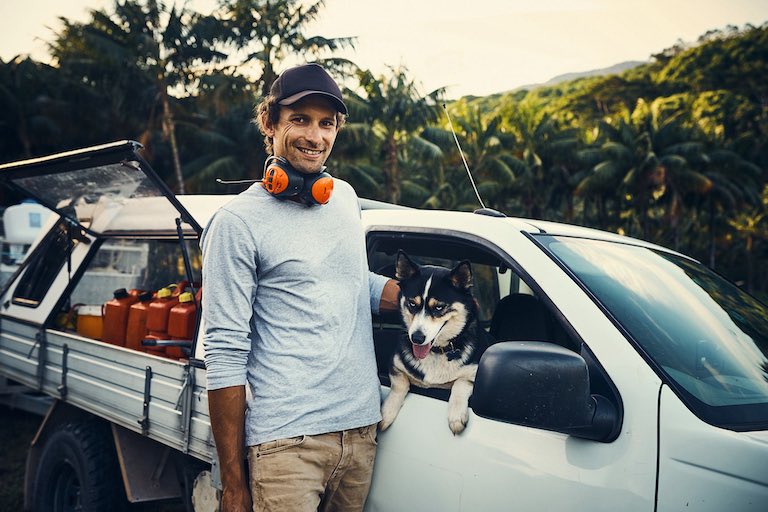
Nissan Navara: FAQs
Nissan Navara is one of Australia’s favourite utes with a range that goes from basic to off-road brawler. Here are the Nissan Navara FAQs you asked onlineWhich is better: Triton or Navara?
The dual-cab 4x4 pick-up or utility segment is one of the toughest fought in Australia.
The Nissan Navara is a popular choice for many buyers, in part because of its SUV-style coil-sprung rear end and family-friendly cabin.
Many off-road enthusiasts and those who haul larger loads believe this is also the Nissan’s Achilles heel – although Nissan has launched a number of Navara updates to counter this criticism.
The answer is that it’s horses for courses, but the Triton significantly outsells the Nissan Navara and in our testing usually has the upper hand.
What is the GVM of a Nissan Navara?
The GVM of the current D23-series dual-cab Nissan Navara is 2910kg. The GCM (including max towing capacity) is 5910kg.
What is the difference between a D22 and D40 Navara?
The Nissan Navara is now in its fourth generation, dubbed D23, which was released in Australia in 2015.
The first generation was the D21, followed by the D22 and the third, the D40. In markets like Australia the D22 and D40 Navaras were sold alongside each other for a period.
There are significant powertrain and chassis differences between the D22 and D40, with the latter based on the newer Nissan F-Alpha ladder-frame platform that underpins a range of vehicles including the Nissan Titan and Nissan Patrol.
Which is better: HiLux or Navara?
If you are judging success on sales, the Toyota HiLux is consistently Australia’s best-selling dual-cab ute.
That doesn’t mean it is the best, however. In fact, in a recent comparison test, the brand-new HiLux was defeated by the soon-to-be-superseded Ford Ranger.
When it comes to a HiLux versus Nissan Navara head-to-head, most pundits would vote for the HiLux due to its reputation for reliability and ruggedness.
What engine is in a D40 Navara?
Both 2.5-litre four-cylinder turbo-diesel and 4.0-litre V6 petrol engines were offered in Australian D40-series Nissan Navaras.
In addition, towards the end of the model life, a 550Nm 3.0-litre V6 turbo-diesel engine option was added.


Please see our Editorial Guidelines & Code of Ethics (including for more information about sponsored content and paid events). The information published on this website is of a general nature only and doesn’t consider your particular circumstances or needs.
























